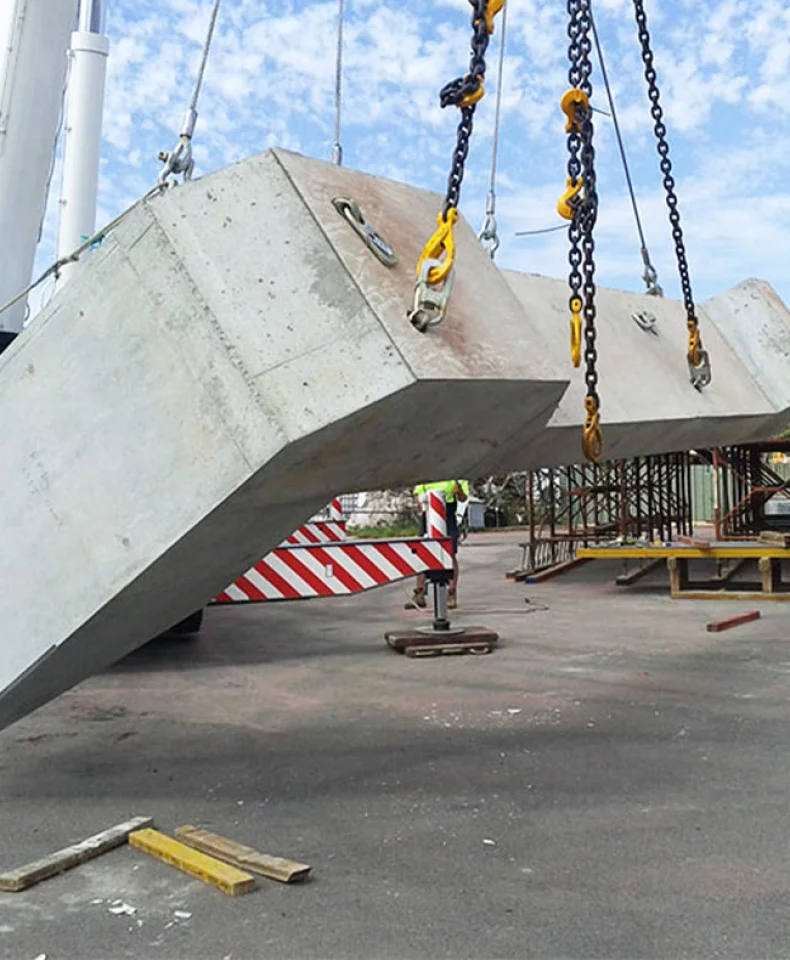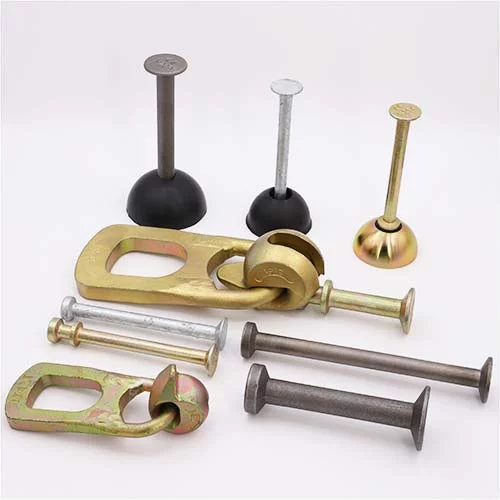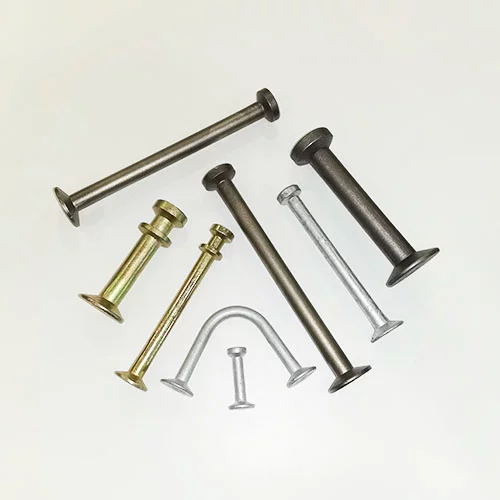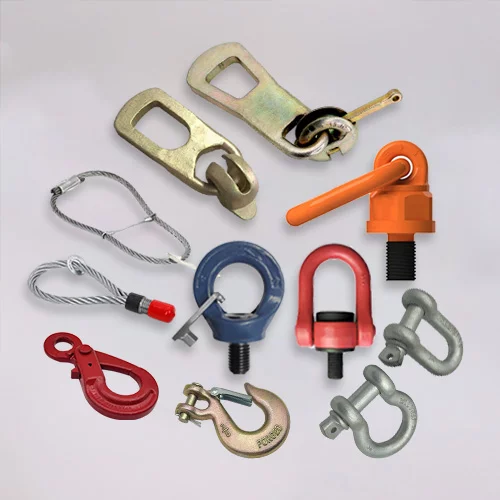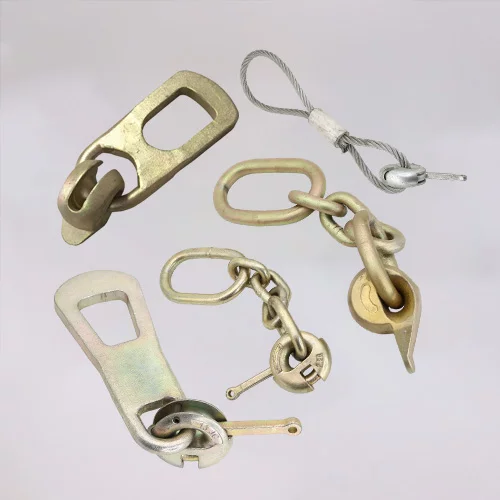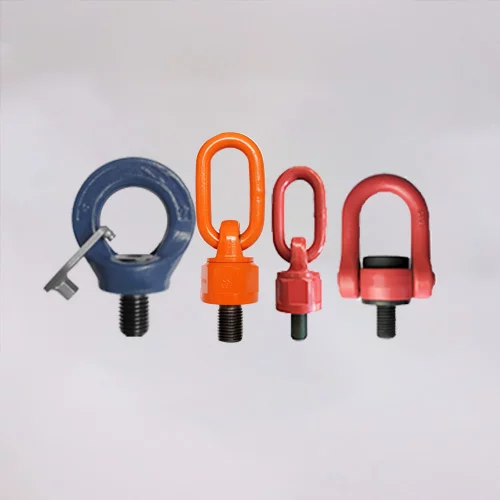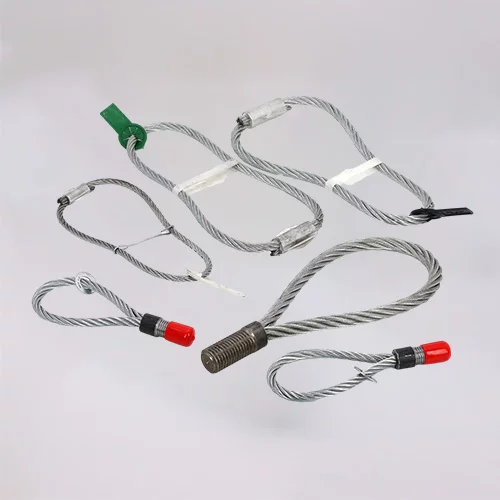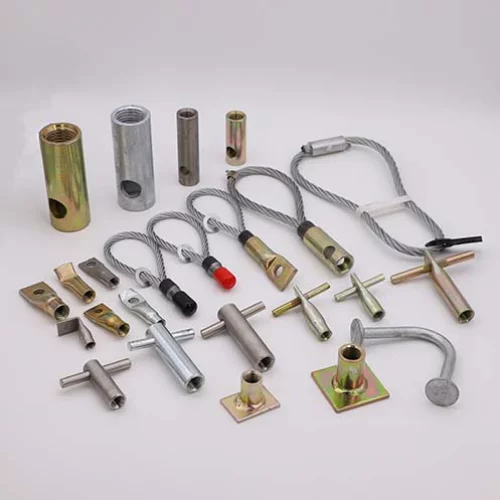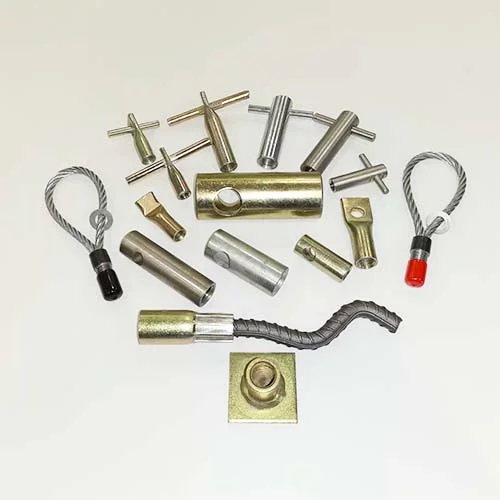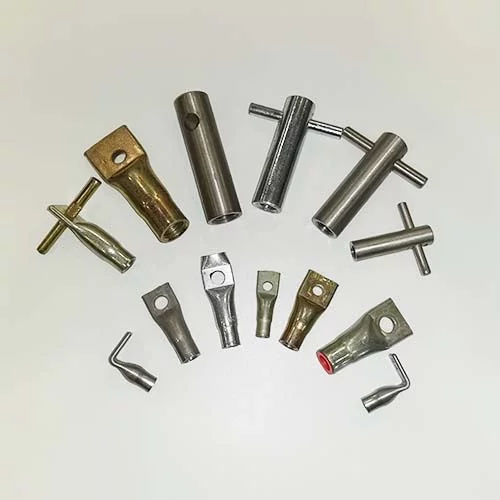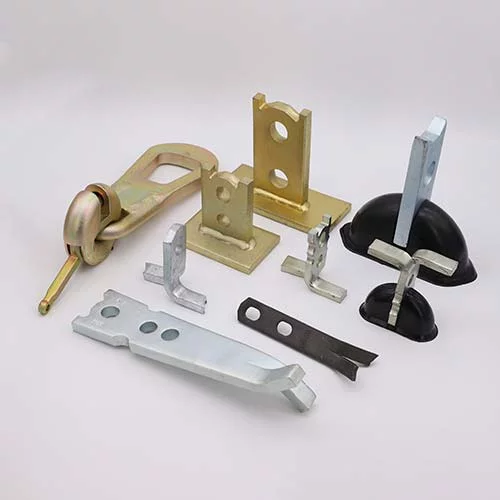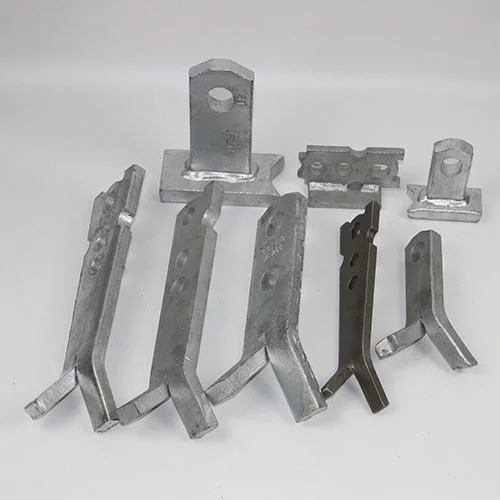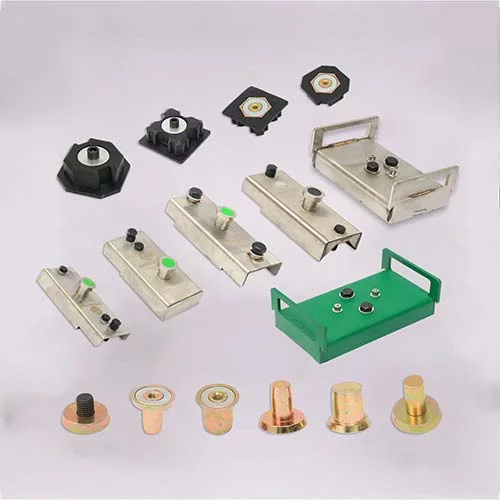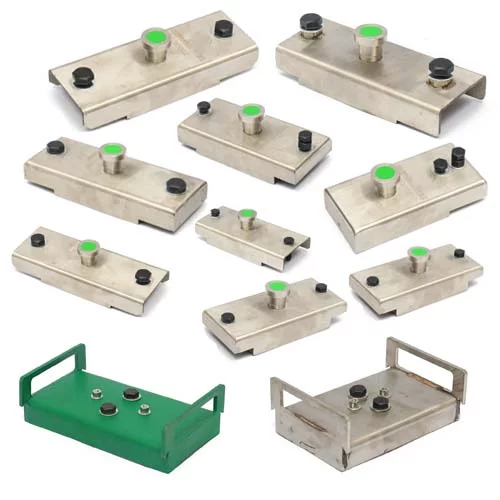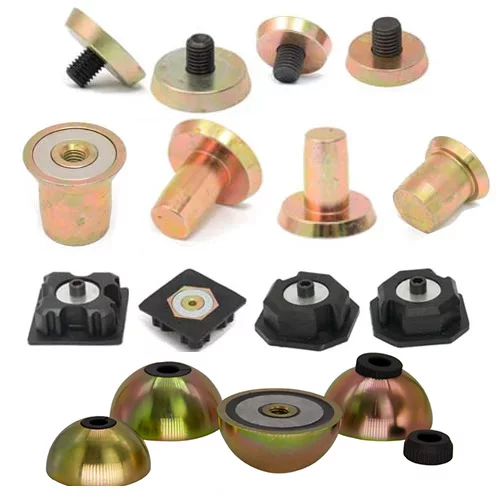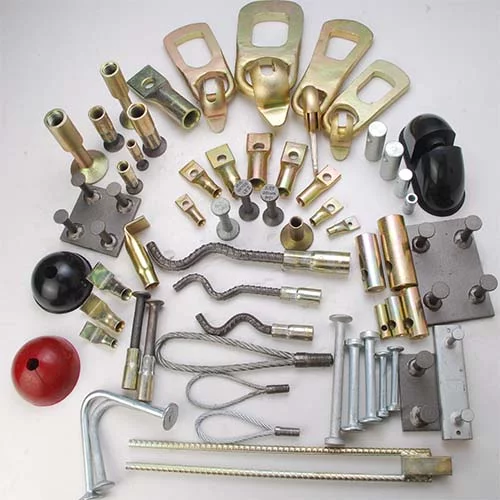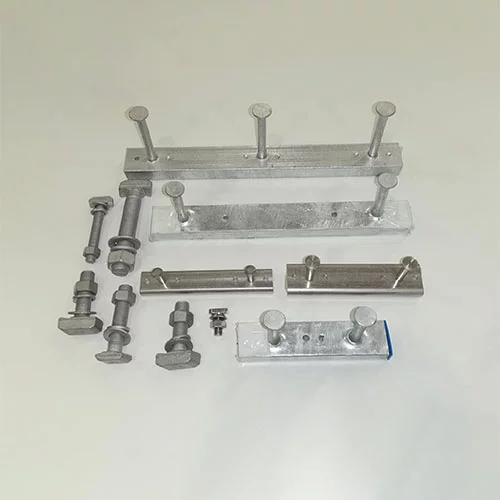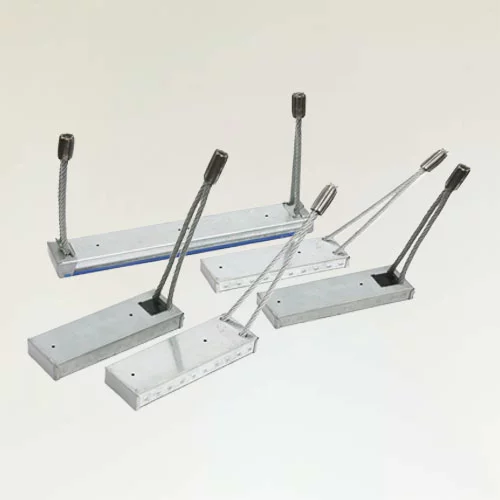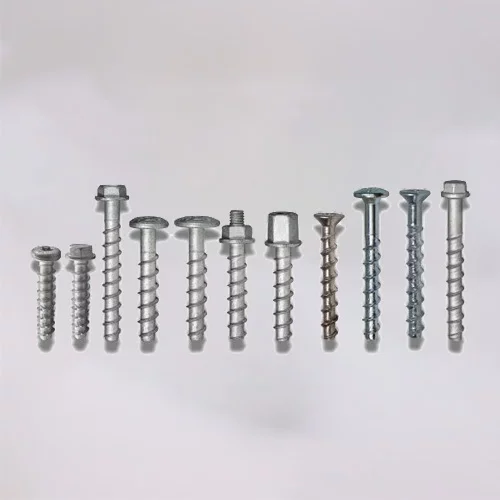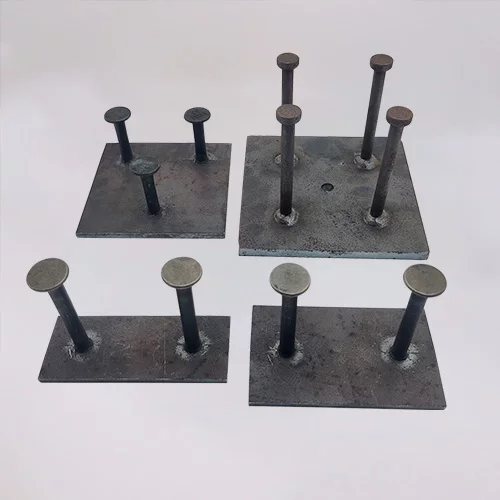Comprehensive Quality Inspection Process for Lifting Clutch

Lifting clutches are indispensable components in industries such as construction, precast concrete, and heavy machinery. They ensure the safe and efficient handling of heavy loads. Given their critical role, ensuring the quality and reliability of lifting clutches is paramount. This article delves into the comprehensive quality inspection processes—specifically Magnetic Particle Inspection (MPI), tensile strength testing, and hardness testing—that are essential to guarantee the safety and performance of lifting clutches.
Importance of Quality Inspection in Lifting Clutches
The failure of a lifting clutch can lead to catastrophic consequences, including equipment damage, project delays, and, most importantly, human injuries. Quality inspections are vital to:
Ensure Safety: Detecting defects early prevents accidents.
Compliance with Standards: Adhering to international standards like EN 13155 and ASME B30 ensures global acceptance.
Enhance Durability: Regular inspections extend the service life of the equipment.
Cost Efficiency: Preventing failures reduces maintenance and replacement costs.
Key Quality Inspection Methods for Lifting Clutches
Ensuring the safety, reliability, and performance of lifting clutches requires a robust quality inspection process that encompasses a series of standardized and advanced testing methods. Each of these inspections targets different aspects of the component's integrity, helping manufacturers identify potential defects or weaknesses before the product reaches the field. Below is a detailed overview of the essential quality inspection techniques used for lifting clutches:
Magnetic Particle Inspection (MPI)
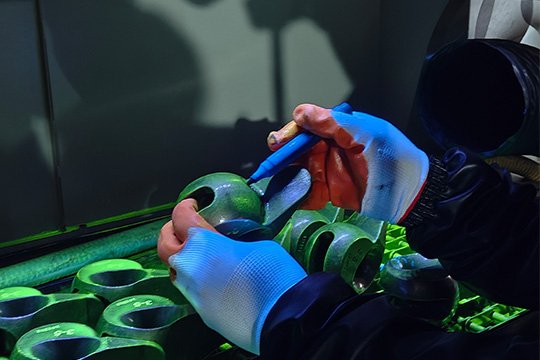
Magnetic Particle Inspection (MPI) is a critical non-destructive testing (NDT) technique specifically designed for ferromagnetic materials, such as forged alloy and carbon steels commonly used in lifting clutches. This method detects surface and slightly subsurface discontinuities like cracks, seams, laps, or inclusions that could compromise structural integrity.
The inspection process begins with magnetizing the clutch component using either a direct or indirect current, creating a magnetic field through the material. Then, fine ferrous particles—either dry powder or suspended in a liquid—are applied to the surface. Any defect present will disrupt the magnetic field, causing a flux leakage that attracts the magnetic particles to the area of concern. These indications form visible patterns that can be interpreted by trained inspectors.
MPI is highly sensitive and especially valuable in detecting fatigue cracks or forging-related defects that may not be visible to the naked eye. It is performed in accordance with internationally recognized standards, such as ASTM E1444/E1444M, which define the procedures, equipment calibration, acceptance criteria, and personnel qualification requirements.
Tensile Strength Test
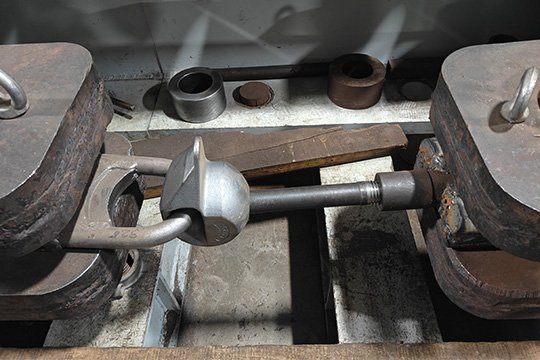
Tensile testing is fundamental for evaluating the mechanical performance of materials used in lifting clutches. It involves gripping a standardized specimen of the clutch material in a tensile testing machine and applying a uniaxial load until the sample breaks. This process provides critical data such as:
Ultimate tensile strength (UTS) – the maximum stress the material can withstand.
Yield strength – the stress at which permanent deformation begins.
Elongation – a measure of ductility and toughness.
By interpreting the stress-strain curve generated during the test, manufacturers can verify that the material meets the required mechanical performance standards. Tensile testing ensures that lifting clutches can safely endure operational loads without failure or excessive deformation.
Hardness Test
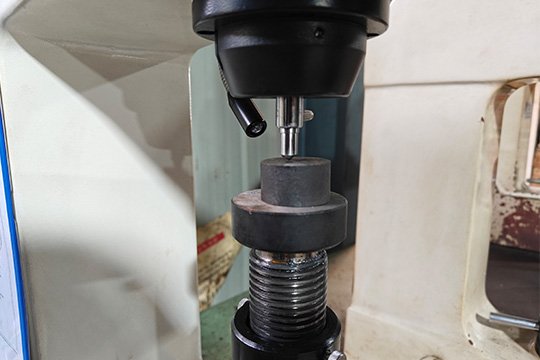
Hardness testing measures a material's resistance to localized plastic deformation, which correlates with its wear resistance and durability. Several methods are commonly used:
Brinell Hardness Test – suited for coarse or uneven surfaces.
Rockwell Hardness Test – quick and commonly used for quality control.
Vickers Hardness Test – precise and applicable to thin materials or coatings.
In addition, the Leeb Rebound Hardness Test is employed for its non-destructive nature and portability, allowing technicians to assess large lifting clutch components in situ. These hardness evaluations ensure the clutch can endure repeated stress cycles and abrasive conditions without material degradation.
Dimensional & Visual Inspection
Dimensional inspection ensures that each component meets exact design specifications. This includes verifying critical measurements such as pin diameters, overall length, and tolerance thresholds using precision instruments like calipers, micrometers, and coordinate measuring machines (CMM).
Visual inspection, performed under adequate lighting, allows inspectors to detect surface flaws such as pits, burrs, improper welds, or machining marks. This stage is crucial for identifying workmanship defects that could affect the clutch’s performance or assembly fit.
Surface Treatment & Coating Verification
Lifting clutches often undergo surface treatments like hot-dip galvanizing, electroplating, or powder coating to enhance corrosion resistance and surface hardness. Proper verification of these treatments is essential to ensure product longevity in harsh working environments.
Inspection involves measuring coating thickness using dry film thickness (DFT) gauges and conducting adhesion and salt spray (ASTM B117) tests to evaluate coating durability under corrosive conditions. These tests confirm that the protective layer will provide long-term resistance against rust and chemical exposure, especially in marine or outdoor applications.
Quality Documentation and Traceability
Maintaining comprehensive documentation is essential for quality assurance. This includes:
Material Certificates: Confirming the chemical and mechanical properties of materials.
Inspection Reports: Detailed records of all tests conducted.
Traceability Records: Tracking each component from raw material to finished product ensures accountability and facilitates recalls if necessary.
Standards and Certifications to Look For
Adherence to recognized standards and certifications signifies a commitment to quality. Key standards include:
ISO 9001: Quality management systems.
EN 13155: Safety requirements for non-fixed load lifting attachments.
ASME B30: Safety standards for lifting devices.
ASTM E1444/E1444M: Standard practice for magnetic particle testing.
HULK Metal’s Commitment to Quality
HULK Metal stands at the forefront of manufacturing excellence, especially in the realm of lifting clutches. Our commitment includes:
Advanced Testing Facilities: Equipped with state-of-the-art machinery for MPI, tensile, and hardness testing.
Skilled Professionals: A team of certified engineers and technicians ensures rigorous quality checks.
Comprehensive Documentation: Providing clients with detailed reports and certifications for every product.
Continuous Improvement: Regular training and updates to our processes ensure we stay ahead in quality assurance.
Why Choose HULK Metal as Your Lifting Clutch Supplier
Expertise:
With decades of experience in metal forging and lifting system solutions, HULK Metal has developed a deep understanding of the technical and performance requirements across various industries, including construction, infrastructure, and heavy machinery. Our engineering team is composed of seasoned professionals who specialize in forging technologies and lifting clutch manufacturing, ensuring every product meets the highest standards of strength, precision, and safety.
Customization:
HULK Metal offers fully customized solutions tailored to the specific demands of each client. From initial concept to final production, our technical experts collaborate closely with customers to understand load capacities, application environments, and dimensional requirements. We provide detailed drawings, material selection advice, and production planning to deliver lifting clutches that perfectly match operational needs.
Global Standards:
All HULK Metal products are manufactured in strict compliance with globally recognized standards such as ISO 9001. Every product undergoes rigorous quality control, including mechanical testing and non-destructive inspections, to ensure reliable performance under critical working conditions.
Customer Support:
We are committed to customer satisfaction through comprehensive after-sales service. Our dedicated support team provides timely assistance with product inquiries, technical documentation, and replacement services, ensuring that clients experience seamless and dependable operation throughout the product lifecycle.
Ensuring the quality of lifting clutches through comprehensive inspections is not just a regulatory requirement but a commitment to safety and excellence. By adhering to stringent testing methods and standards, manufacturers can guarantee the reliability of their products. HULK Metal exemplifies this commitment, offering top-tier lifting solutions backed by rigorous quality assurance processes.
Article Navigation
PRECAST CONCRETE ACCESSORIES
Other Precast Concrete Accessories You Might Want to Know
You can click to learn more about HULK Metal precast concrete accessories such as lifting anchors, precast sockets, spread anchors, shuttering magnets, cast-in channels, wire loop boxes, and other precast concrete accessories you might want to know.
